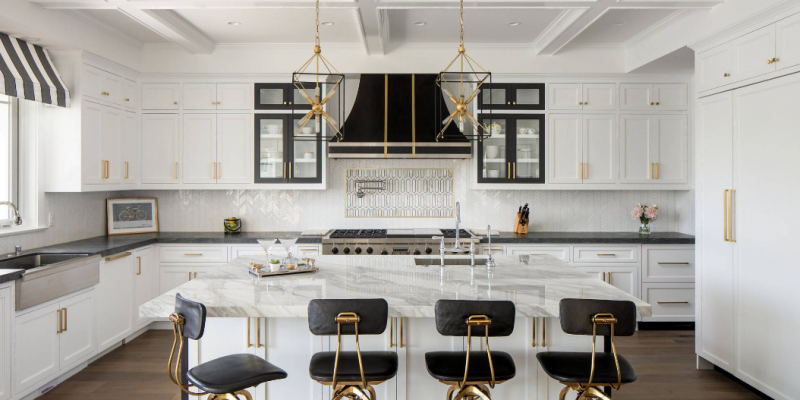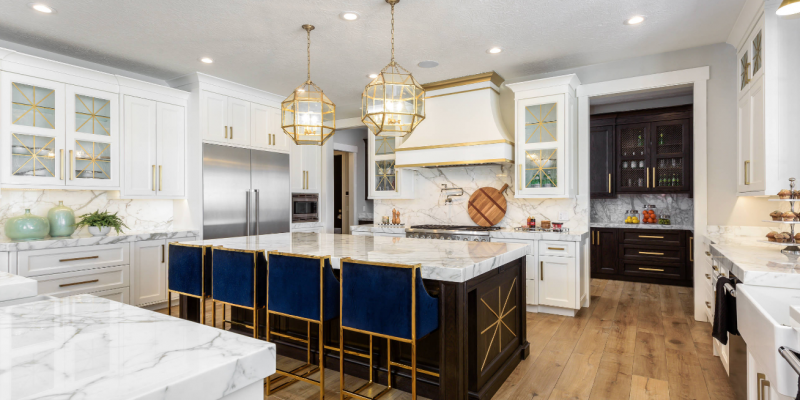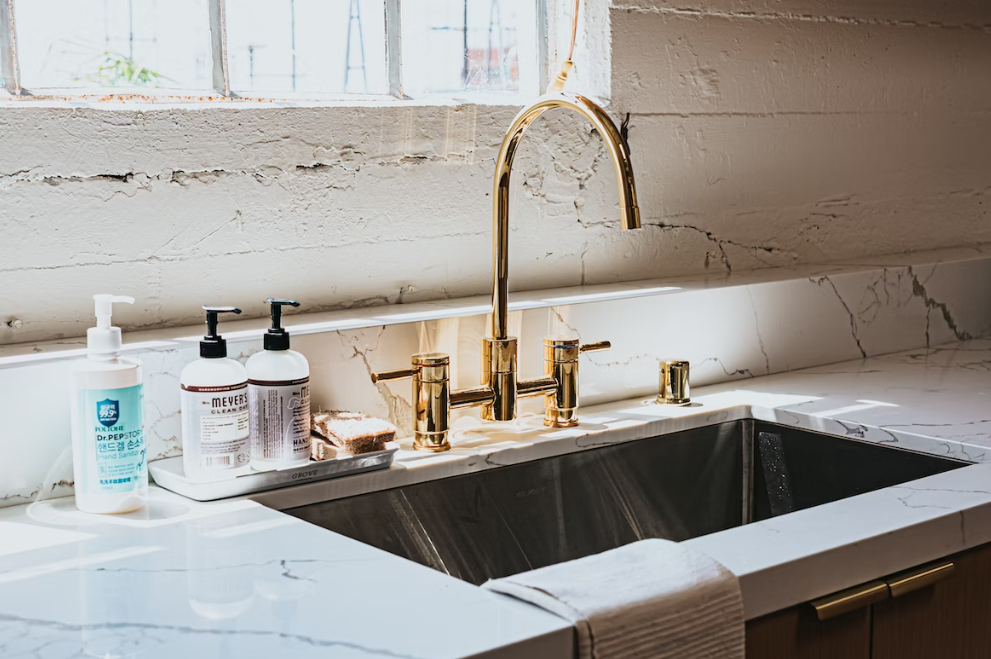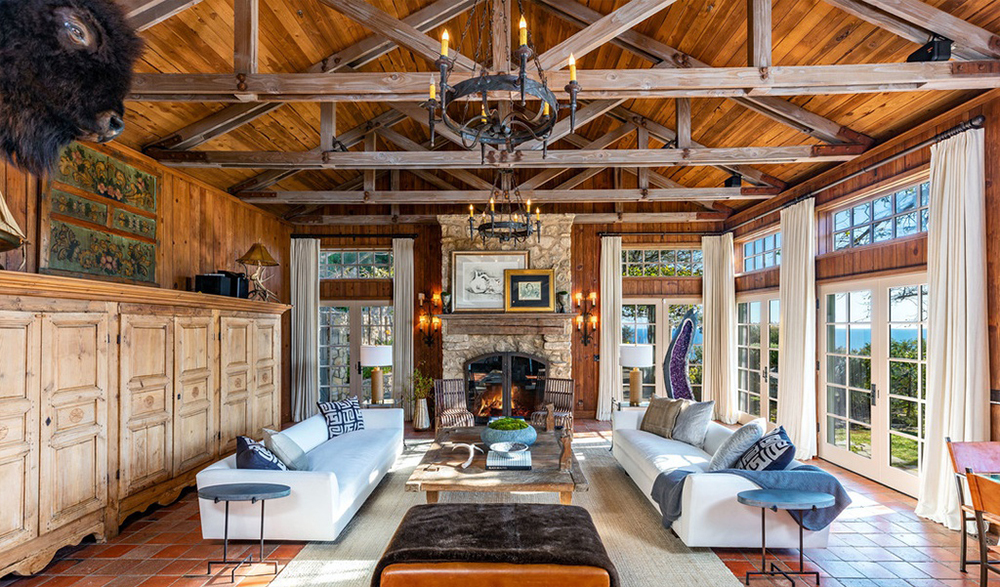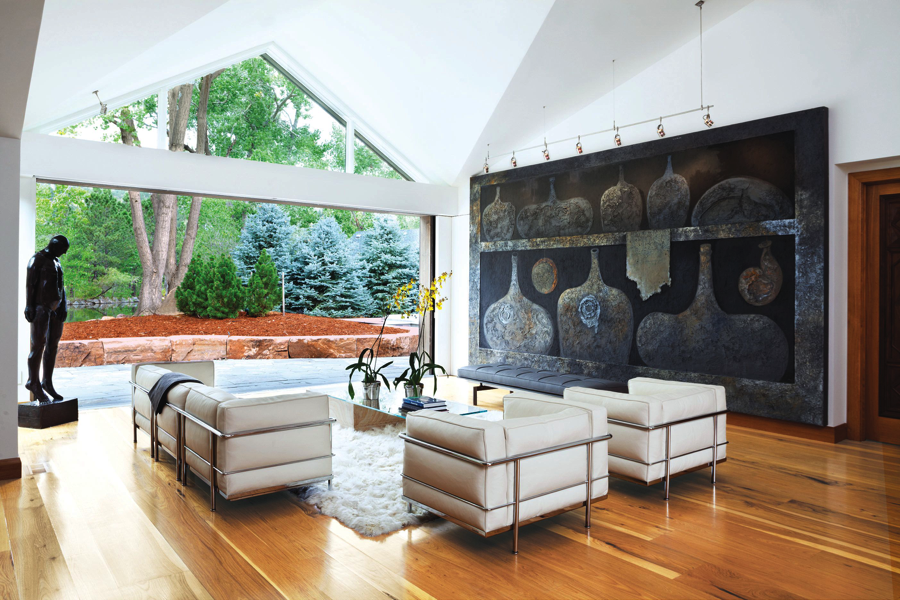Geofoam is quickly becoming favored among engineers, particularly when building on soft ground.
The Future of Plumbing: How PVC is Revolutionizing the Industry
The plumbing industry has come a long way since its humble beginnings. From ancient aqueducts to modern piping systems, advancements in materials and technology have drastically changed how water is transported and managed in buildings, homes, and cities!
Differences Between Glulam and Traditional Timber Beams: Key Advantages
In construction, material selection can significantly impact a project’s cost, design, safety, and long-term performance. When choosing between glulam and traditional timber beams, builders, architects, and contractors must weigh the benefits and limitations of each.
Adding Vertical Gardens: Maximizing Space in Small Yards with Climbers and Vines
Homeowners with a small yard space often have a lot of misconceptions. For example, most of them feel that they don’t have many options when it comes to landscaping! That is not true. In fact, with the rise of the popularity of vertical gardens for small yards, you have far greater options for enhancing the look of your small yard. Specialist landscape contractors like Way to Go Builders San Diego, offer innovative solutions for such spaces. Here are some of the ideas that you can try out for your home.…
How to Show Your Faith in Your Home
Your home is more than just a place to eat and sleep—it’s a sanctuary, a space where you can express your values, personality, and faith!

